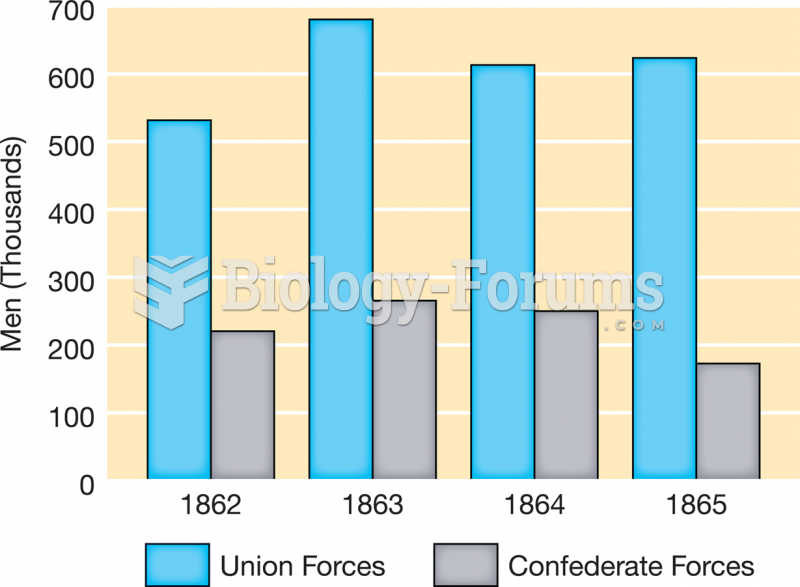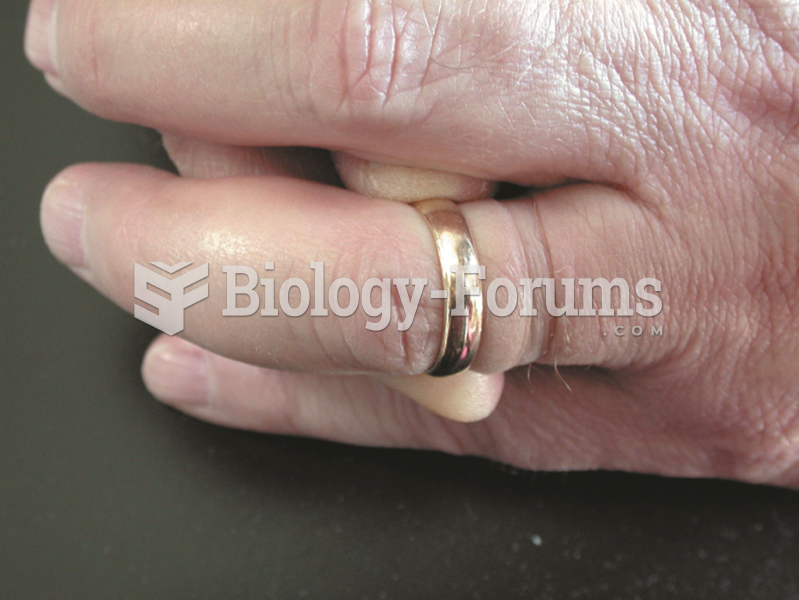Answer to Question 1
ANS: B, C, D, E
Clients should be key informants, active negotiators, final decision makers, and engaged participants in evaluating treatment outcomes. They need to be actively involved in defining and updating realistic treatment goals. Client centeredness is evidenced in a partnership characterized by mutual valuing and safeguarding of the legitimate interests of the provider and the client in creating and managing health care decisions.
Joint decision making is a key element. The decision-making process starts with providing each client with sufficient information, tailored to his or her unique circumstances, to make an informed decision. Information should be relevant to each client's diagnosis, treatments, and treatment options. The first question to consider is, What essential information does this client need to have in order to make an informed decision? Some clients value knowing as much as possible; others want just the basic facts. Another may need to have essential information developed in steps and spread over several encounters to allow for better processing and formulation of related questions. Cultural norms can dictate levels of information and to whom the information should be given.
Answer to Question 2
ANS: D
Relational continuity is a therapeutic relationship with a practitioner that spans more than one episode of care and leads, in the practitioner, to a sense of clinical responsibility and an accumulated knowledge of the client's personal and medical circumstances. Frequent team communication about all aspects of care helps ensure relational continuity among treatment teams. Informational continuity refers to the use of data to tailor current treatment and care to each client's evidenced needs. The concept includes accurate record sharing and technology that allows real-time communication exchanges between providers and with clients in remote sites. It is a primary communication vehicle during care transitions and is used to help clients and families make high-quality client care decisions. Management continuity refers to a consistent, coherent care management approach that can be flexibly adjusted as client needs change. Care coordination and case management have emerged as significant methodologies associated with management continuity.







